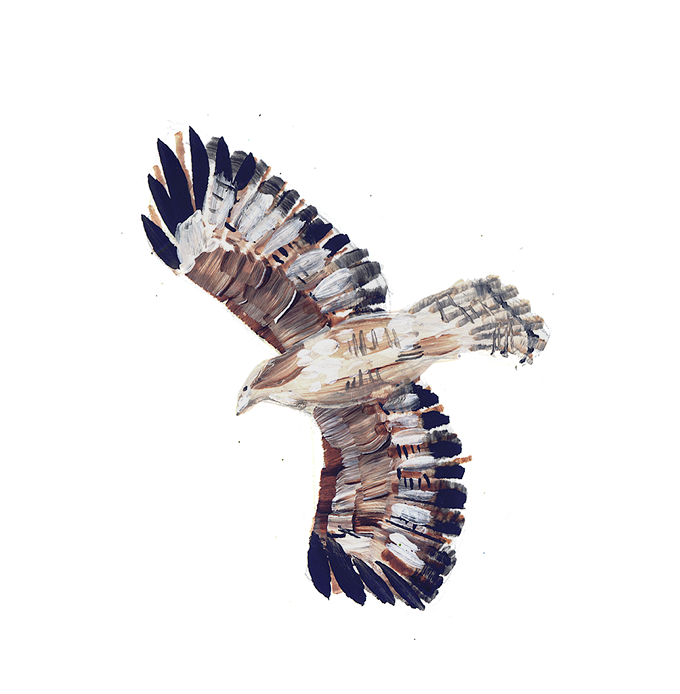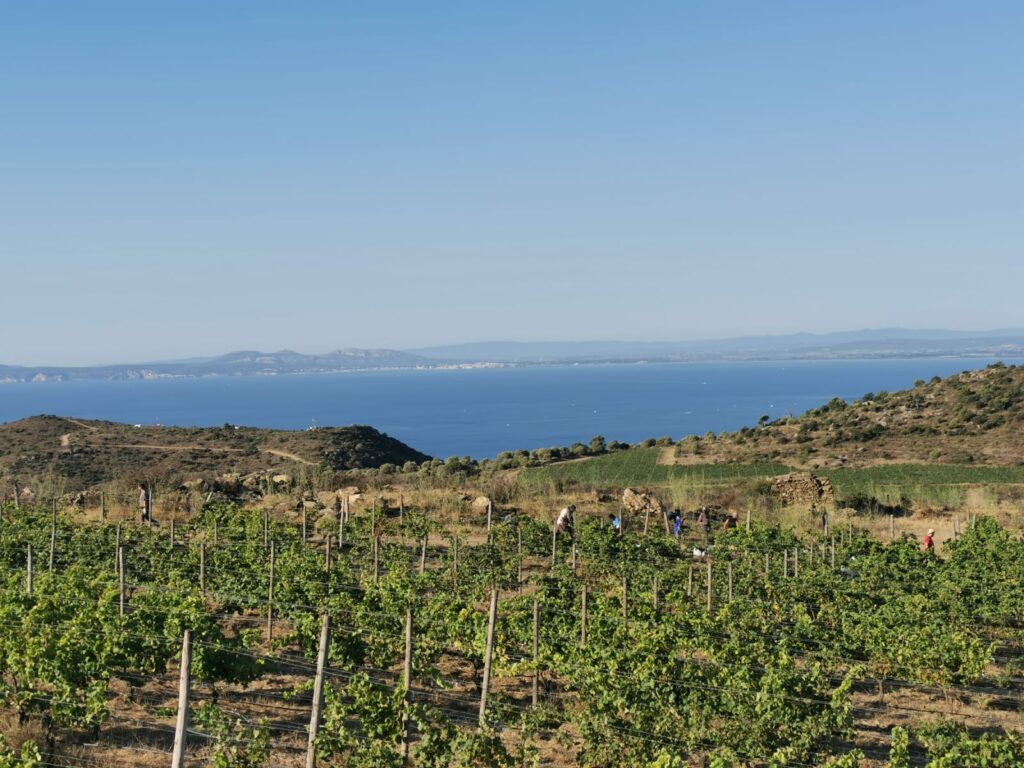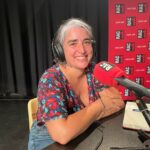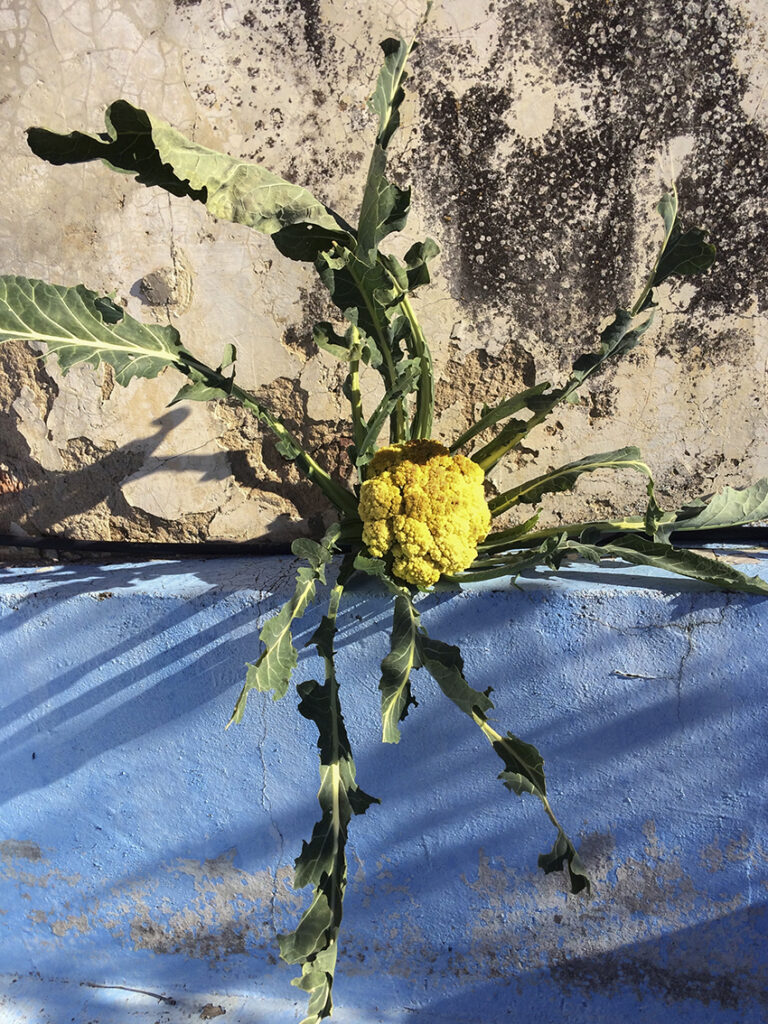For the first time since 1987, the lesser kestrel is recovering its population in the Alt Empordà. This summer, six years after the collaboration agreement we signed with Paisatges Vius and the construction of the nesting tower in our Mas Marès vineyards, a couple of lesser kestrels were seen nesting on the cliffs coasts of the southeast sector of the Park, very close to the vineyards.

The lesser kestrel (Falco naumanni) is a small colonial and migratory falcon that became extinct in Catalonia at the beginning of the 80s due to the loss of habitats and the indiscriminate use of insecticides in the countryside. In 1990, the Generalitat de Catalunya started a captive breeding and reintroduction project for lice that is currently continuing successfully in the Plana de Lleida where more than a hundred pairs are being raised. In 2018 Espelt Vinicultors and Paisatges Vius signed a collaboration agreement for the custody of the territory that promoted the conservation of the lesser kestrel in the vineyards of Mas Marès, in Cap de Creus. Today we see the results of this long recovery process.
The nesting tower at Mas Marès
The tower built from elements of sustainable and ecological architecture, thanks to the collaboration of Paisatges Vius, is located in an area of great biodiversity that also favors the cultivation of vines. In addition, it is also an ideal place for the conservation of the lesser kestrel, a migratory bird of prey that feeds on large invertebrates and small mammals, birds and reptiles. The space represents the typical habitats of the Mediterranean mountains, a combination of dry pastures, steppe maquis and heather, cork and oak groves and vineyards and olive groves.
With this agreement, Espelt Viticultors demonstrates its commitment to the environment that surrounds it, beyond the organic viticulture it develops at Mas Marés. An estate where the vines mix with the cork, the pastures and the steppes in order to create an agrarian agrarian space of high natural value in which nature and viticulture coexist in harmony. This farm also produces Mediterranean wines, complex, intense and delicate, marked by the granite soil, the north wind and the sea wind, such as those from Anna Espelt’s project.
The lesser kestrel, a recovery project
Now, after many decades, this nesting species is being recovered in the Cap de Creus Natural Park, thanks to the hacking that has been done in recent years in nearby places such as Mas Marès together with volunteers from the Natural Park . The aim of the project has always been to consolidate the lesser kestrel population in the Alt Empordà, we achieved a milestone, but we will also need to be very attentive to:
- Protect the current breeding colonies, as well as continue hacking the nesting tower at Mas Marès
- Improve the habitat around the breeding colonies by continuing, among other actions, to improve the space near the nesting tower. The lesser kestrel hunts large insects in open spaces and therefore habitat improvement focuses on reducing shrub vegetation to create herbaceous habitats and to recover from dry stone walls.
Cheers to lesser kestrel!

























